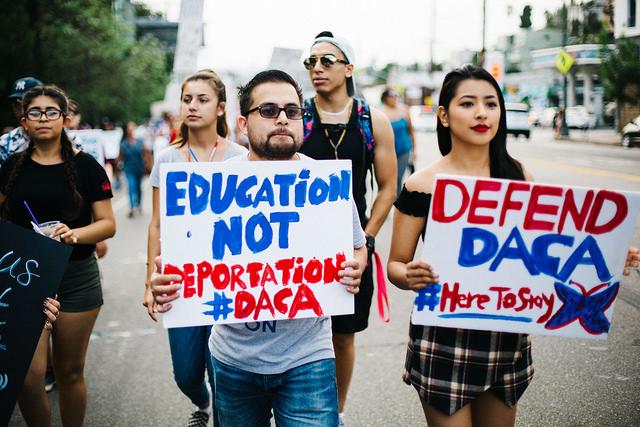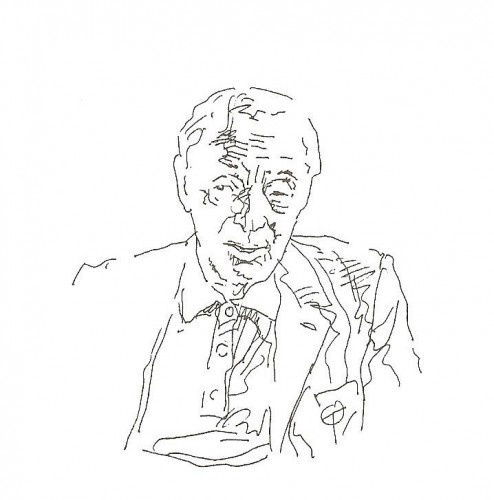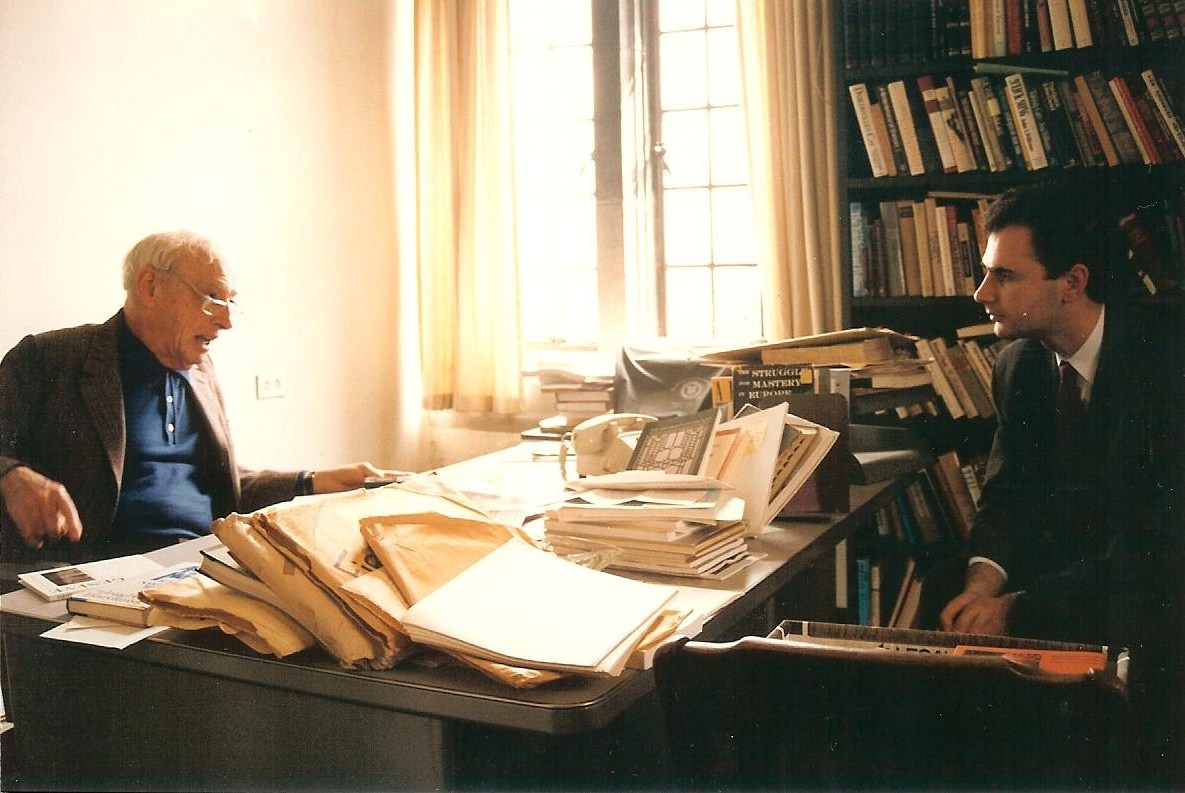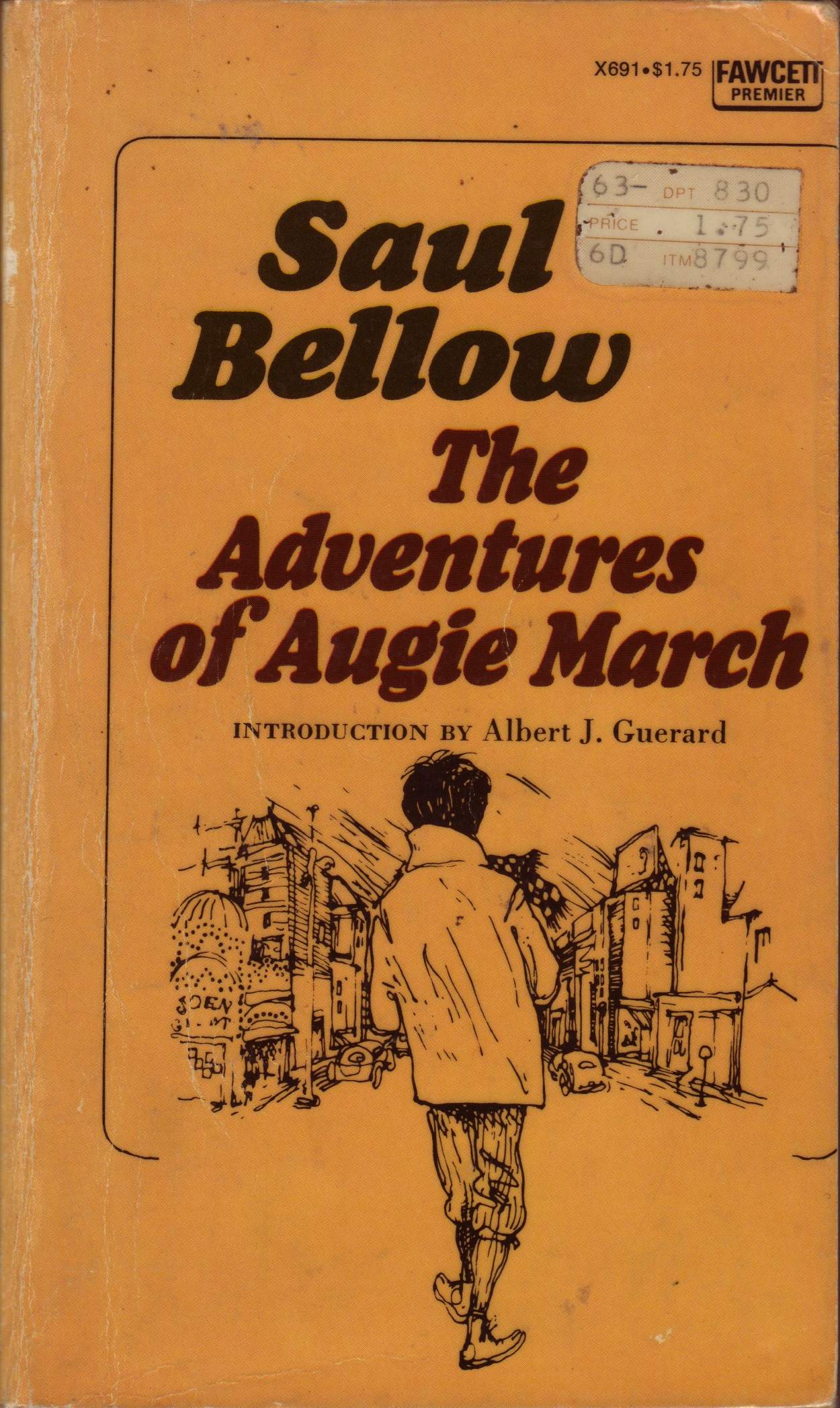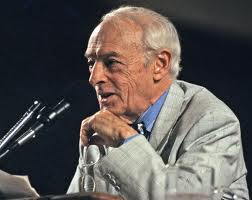The supposition [is] that higher education and schooling in general serve a democratic society by nourishing hearty citizenship.
– Richard Ohmann (2003)
What are the risks of writing in public in this digital age? Of being a “speaking” subject in the world of public cyberspace? Physical and legal risks are discussed in work such as Nancy Welch’s (2005) recounting of her student’s encounter with the police for literally posting her poems where bills or poems were not meant to be posted. Weisser recounts a “hallway conversation” about public writing as “shared work, shared successes, and, occasionally, shared commiseration” (2002, xii). Likewise, in writing about blogging in the classroom, Charles Tryon writes about the way blogging with interactions from the public provokes “conversations” about the “relationship between writing and audience,” one that can, at times, be uncomfortable (2006, 130). There is an assumption that when discussing the “risks” of writing in public here in the United States, we instructors are discussing the risks of exercising the rights of citizenship, of first amendment disagreement and discord. Yet the assumption that the speaking subject has first amendment rights, that they possess or can express citizenship, is one which nullifies the risks some students face when they write in public, especially in digital spaces where the audience can be a vast everyone. What is the position of one who writes in public literally without the possibility of citizenship? In the absence of US citizenship, their taking the position of subject, and offering testimony about their situation, protesting it as unjust can provoke not simply abuse, which is disturbing enough, but to threats of legal action against them. Public writing opens them and their families up to threats of reporting, detainment and possible deportation by the government. Given these very real risks, I question whether from a Chicanx studies pedagogy we should be advocating for and instructing our students to express their thoughts on their positions, on their lives, in public.[1] This question feels especially urgent when, given the digital turn, to write in “public” can mean a single tweet results in huge consequences, from public humiliation to the horror of doxxing. To paraphrase Eileen Medeiros, who writes about these risks in another context, “was it all worth a few articles and essays” or, to make it more contemporary, is the risk worth a few blog posts or ‘zines? (2007, 4).
This said, I was and am convinced about the power and efficacy of having students write in public, especially for Chicanx studies classrooms. Faced with the possibilities offered by the Internet and their effects on the Chicanx studies classroom, my response has been enthusiasm for the electronic, for electronic writing, of their making our discourse public. Chicanx pedagogy is, in part, based on a repudiation of top-down instruction. As a pedagogy, public writing instead advocates bringing the community into the classroom and the classroom into the community. Blogging is an effective way to do this. Especially given the relative lack of Chicanx digital voices on the ‘net, I yearn for my students to own part of the Internet, to be seen and heard. This enthusiasm for having my Chicanx studies students write for the Internet came first out of my final year of dissertation research when I “discovered” that online terms from the Chicano Movement like “Aztlán,” “La Raza” and so on were being used by reactionary racists to (re)define and revise the history of the Chicano Movement as racist and anti-Semitic and were wildly distorting the goals, philosophies, and accomplishments of revolutionary movements. More disturbing, these mis-definitions were well enough linked to appear on the first few pages of search results, inflating their importance and giving them a sense of being “truth” merely by virtue of their being oft repeated. My students’ writings, my thinking went, would change this. Their work, I imagined, would be interventions in the false discourse, changing, via Google hits, what people would find when they entered Chicanx studies terms into their browsers. Besides, I did my undergraduate degree at a university in the midwest without a Chicanx or Latinx studies department. My independent study classes in Chicanx literature were constructed from syllabi for courses I found online. I was, therefore, imagining our public writing being used by people without access to a Chicanx studies classroom to further their own educations.
Public writing, generally defined as writings for an audience beyond the professor and classroom, can be figured in a variety of ways, but descriptions, especially those in the form of learning objectives and outcomes, tend toward a focus on writing centered around social change and the fostering of citizenship. This concept of “citizenship” is often repeated in composition studies as public writing is discussed as advocacy, as service, as an expression of active citizenship. Indeed the public writer has been figured by theorists as expressions of “citizenship” and an exercise in and demonstration of first amendment rights. Public writing is presented as being, as Christian Weisser wrote, the “discourse of public life,” further writing of his pride in being “a citizen in a self-reforming constitutional democracy” (xiv). Public writing is presented as nurturing citizenship and therefore we are encouraged to foster it in our classrooms, especially in the teaching of writing. Weisser also writes of the teaching of public writing as a “shared” classroom experience, sometimes including hardships, between students and instructors.
However, this discussion of “citizenship” and the idea of creating it through teaching to me rather disturbingly echoes the idea of assimilation to the dominant culture, an idea that Chicana/o studies pedagogy resists (Perez 1993, 276). Rather than a somewhat nationalistic goal of creating and fostering “citizenship” Chicana/o studies, especially since the 1980s publication and adoption of Gloria Anzaldúa’s Borderlands, has been for a discourse that “explains the social conditions of subjects with hybrid identities” (Elenes 1997, 359). These hybrid identities and the assumption of the position of subjecthood by those who resist the idea of nation is fraught, especially when combined with public writing. As Anzaldúa writes, “[w]ild tongues can’t be tamed, they can only be cut out” (1987, 76). The responses to Chicanx and Latinx students speaking or writing their truth can be demands for their silence.
My students and my use of public writing via blogging and Twitter was productive through upper division classes I taught on Latina coming of age stories, Chicana feminisms and Chicana/o gothic literature. After four courses taught using blogs created on my WordPress multisite installation with author accounts created for each student, I felt that I had the blogging with students / writing in public / student archiving thing down. My students had always had the option to write pseudonymously, but most had chosen to write under their own names, wanting to create a public digital identity. The blogs were on my domain and identified with their specific university and course. had been contacted by authors (and, in one case, an author’s agent), filmmakers and artists, and other bloggers had linked to our work. My students and I could see we had a small but steady traffic of people accessing student writing with their work being read and seen and, on a few topics, our class pages were on the first pages of a Google search. Therefore, when I was scheduled to teach a broader “Introduction to Chicana/o Studies” course, I decide to apply the same structure: students publicly blogging their writings on a common course blog on issues related to Chicanx studies, to this one hundred level survey course. Although, in keeping with my specialization, the course was humanities heavy with a focus on history, literature and visual art, the syllabus also included a significant amount of work in social science, especially sociology and political science, forming the foundations of Chicanx studies theory. The course engaged a number of themes related to Chicanx social and political identity, focusing a significant amount of work on communities and migrations. The demographics of the course were mixed. In the thirty student class, about half identified as Latina/o. The rest were largely white American, with several European international students.
As we read about migrations, studying and discussing the politics behind both the immigrant rights May Day marches in Los Angeles and the generations of migrations back and forth across the border, movements of people which long pre-dated the border wall, we also discussed the contemporary protest writings and art creations by the UndocuQueer Movement. In the course of class discussion, sometimes in response to comments their classmates were making that left them feeling that undocumented people were being stereotyped, several students self-disclosed that they were either the children of undocumented migrants or were undocumented themselves. These students discussed their experience of not being citizens of the country they had lived in since young childhood, the fear of deportation they felt for themselves or their parents, and its effect on them. The students also spoke of their hopes for a future in which they, and / or their families, could apply for and receive legal status, become citizens. This self-disclosure and recounting of personal stories had, as had been my experience in previous courses, a significant effect on the other students in the class, especially for those who had never considered the privileges their legal status afforded them. In the process the undocumented students became witnesses and experts, giving testimony. They made it clear they felt empowered by giving voice to their experience and seeing that their disclosures changed the minds of some of their classmates on who was undocumented and what they looked like.
After seeing the effect the testimonies had in changing the attitudes of their classmates, my undocumented students, especially one who had strongly identified with the UndocuQueer movement (in one case, the student had already participated in demonstrations), began to blog about their experiences, taking issue with stereotypes of migrants and discussing the pain reading or hearing a term like “illegals” could cause. Drawing on the course-assigned examples of writers Anzaldúa and Cherríe Moraga, they used their experiences, their physical bodies, as both evidence and metaphor of the undocumented state of being in-between, not belonging fully to any country or nation. They also wrote of their feelings of invisibility on a majority white campus where equal rights of citizenship were assumed and taken for granted. Their writing was raw and powerful, challenging, passionate and, at times, angry. These student blog posts seemed the classic case of students finding their voices. As an instructor, I was pleased with their work and gave them positive feedback, as did many of their classmates. Yet as their instructor, I was focused on the pedagogy and their learning outcomes relative to the course and had not fully considered the risk they were taking writing their truth in public.
As part of being instructor and WordPress administrator, I was also moderating comments to the blog. The settings had the blog open to public comments, with the first from any email address being hand moderated in order to prevent spamming. However, for the most part, unless an author we were reading had been alerted via Twitter, comments were between and among students in the course, which gave the course blog the feeling of being an extension of the classroom community, an illusion of privacy and intimacy. Due to this closeness, the fact the posts and comments were all coming from class members, the students and I largely lost sight of the fact we were writing in public, as the space came to feel private. This illusion of privacy was shattered when I got a comment for moderation from what turned out to be a troll demanding “illegals” be deported. Although it was not posted, what I read was an attack on one of my students, hinting the poster had done (or would do) enough digging to identify the student and their family. Not only was the comment was abusive, the commenter claimed to have reported my student to ICE.
I was reminded of the comment and the violent anger directed at undocumented students, however worthy they might try and prove themselves, again in June 2016 when Mayte Lara Ibarra, an honors high school student in Texas, tweeted her celebration of her status as valedictorian, her high GPA, her honors at graduation, her scholarship to the University of Texas and her undocumented status. While she received many messages of support, she felt forced to remove her tweet due to abuse and threats of deportation by users who claimed to have reported her and her family to Immigration and Customs Enforcement (ICE).
When I received this comment for moderation, my first response was to go through and change the status of the blog posts testifying about being undocumented to “drafts” and then to contact the students who had self-disclosed their status to let them know about the comment and the threat. I feared for my students and their families. Had I encouraged behavior–public writing–that made them vulnerable? I wondered whether I should I go to my chair for advice. Guilty self-interest was also present. At the time I was an adjunct instructor at this university, hired semester-to-semester to teach individual classes. How would my chair, the department, the university feel about my having put my students at risk to write for a blog on my own domain? Suddenly the “walls” set up by Blackboard, the university’s learning management software, that I had dismissed for being “closed,” looked appealing as I wondered how to manage this threat. Much of the discourse around public writing for the classroom discusses “risk,” but whose risk are we talking about, and how much of it can students take, and, as their instructor, what sort of risks can I be responsible for allowing them to take? Nancy Welch discusses the “attention toward working with students on public writing” as an expression of our belief as instructors that this writing “can matter in tangible ways” (2005, 474), but I questioned whether it could matter enough to be worth tangible risk to my students’ and their families physical bodies at the hands of a nation-state that has detained and deported more than 2.5 million people since 2009 (Gonzalez-Barrera, and Krogstad 2014). While some of the students in this class qualified for Deferred Action for Childhood Arrivals (DACA), giving them something of a shield, their parents, and other members of their families did not all have this protection.
By contrast, perhaps not surprisingly, my students, all of them first and second year students, felt no risk, or at least were sure they were willing to take the risk associated with the public writing. They did not want their writing taken down or hidden. My students felt they were part of a movement, a moment, to expressly leave the shadows. One even argued that the abusive comment should be posted so they could engage with its author. We discussed the risks. Initially I wanted them to be able to make the choice themselves, did not want to take their voice or power from them. Yet that was not true—what I wanted was for them to choose to take the writing down and absolve me of the responsibility for the danger in which my assignments had placed them. On the other hand though, as I explained to them, the power and responsibility rested with me. I could not conscience putting them at risk on a domain I owned, for doing work I had assigned. They agreed, albeit reluctantly. What I find most shameful in this, it was not their own risk, but their understanding mine, of my position in the department and university, that made them agree I needed to take their writing down. We made their posts password protected, shared the password with the other students for the duration of the class, and the course ended uneasily in our mutual discomfort. Nothing was comfortably resolved at this meeting of immigration law with my students’ bodies and their public writing. At the end of the course, after notifying them so they could save their writing if they wished, I did something I had never done before. I removed the students’—all of the students’—blogging from the Internet by archiving the course blog and removing it from public view.
As I began to process and analyze what had happened, I wondered what could be done differently. Was there a way to allow my students to write in public yet somehow shield them from these risks? After I presented and discussed this experience at HASTAC in 2015, I was approached with a number of possible solutions, some of which would help. Very generously, one was to allow my next course blog to be on the HASTAC site where commenting requires registration. This was a partial solution that would protect against trolling, but I questioned whether it could it protect my students from identification, from them and their families being reported to the authorities. The answer was no, it could not.
In 2011, Amy Wan examined traced and problematized the idea of creating citizens and expressing citizenship through the teaching of literacy, a concept which she traces through composition pedagogy, especially as it is expressed on syllabi and through learning objectives. The pedagogy on public writing is imbued with the assumption of citizenship with the production of citizens as a goal of public writing. Taken this way, public writing becomes a duty. Yet there is a problem with this objective of producing citizens and this desire for citizenship when it comes to students in our classes who lack legal citizenship. Anthropology in the 1990s tried to work around and give dignity to those without “full” citizenship by presenting the idea of “cultural citizenship” as a way to refer to shared values of belonging among people without legal citizenship. This was done as a way of trying to de-marginalize the marginalized and reimagine citizenship so no one’s status was second class (Rosaldo 1994, 402). But the situation of undocumented people belies this distinction, however noble and well rooted in social justice its intention. To be undocumented in the United States is to be dispossessed not only of the rights of citizenship, but to have the exercise of either the rights or responsibilities of citizenship through public speaking or writing be taken as incitement against the nation state, with some citizens viewing it as a personal assault.
This problem of the exercise of rights being seen as incitement is demonstrated by the way the display of the Mexican flag at protests for immigrant rights is seen as a rejection of the United States and refusal of US citizenship, despite the protests themselves being demands or pleas for the creation of a citizenship path. The mere display of Mexico’s flag is read as a provocation, an action which, even when done by citizens, destabilizes citizenship, seems to remove protester’s first amendment rights, and prompts cries that they should “Go back to Mexico,” or, more recently, for the government to “Build a wall.” Latinxs displaying national flags are accused of wanting to conquer (or reconquer) the southwest, reclaiming it from the United States for Mexico. This anxiety about being “conquered” by the growing Latinx population is, perhaps, displaying an anxiety that the southwestern states (what Chicanxs call Aztlán) are not so much a stable part of the conquered body, but an expression of how the idea of “nation” is itself unstable within the US borders. When a non-citizen, a subject sin papeles, writes about the experience of being undocumented, they are faced with a backlash of those who believe their existence, if they are allowed existence in the United States at all, is one without rights, without voice. Any attempt to give voice to their position brings overt threats of government action against their tenuous existence in the US, however strong their cultural ties to the United States. My students writing in public about their undocumented status, are reminded that their bodies are not citizens and, that the right to free speech, the right to write one’s truth in public is one given to citizen subjects.
This has left me with a paradox. My students should write in public. Part of what they are learning in Chicanx studies is about the importance of their voices, of their experiences and their stories are ones that should be told. Yet, given the risks in discussing migration and immigration through the use of public writing, I wonder how I as an instructor should either encourage or discourage students from writing their lives, their experiences as undocumented migrants, experiences which have touched, every aspect of their lives. From a practical point of view I could set up stricter anonymity so their identities are better shielded. I could have them create their own blogs, thus rather passing the responsibility to them to protect themselves. Or I could make the writing “public” only in the sense of it being public in the space of the classroom by using learning management software to keep it, them, behind a protective wall.
_____
Annemarie Perez is an Assistant Professor of Interdisciplinary Studies at California State University Dominguez Hills. Her area specialty is Latina/o literature and culture, with a focus on Chicana feminist writer-editors from 1965-to the present, and digital humanities and digital pedagogy and their intersections and divisions within ethnic and cultural studies. She is writing a book on Chicana feminist editorship using digital research to perform close readings across multiple editions and versions of articles and essays..
_____
Acknowledgments
[*] This article is an outgrowth of a paper presented at HASTAC 2015 for a session titled: DH: Affordances and Limits of Post/Anti/Decolonial and Indigenous Digital Humanities. The other panel presenters were: Roopika Risam (moderator), Siobhan Senier, Micha Cárdenas and Dhanashree Thorat.
_____
Notes
[1] “Chicanx” is a gender neutral, sometimes contested, term of self-identification. I use it to mean someone of Mexican origin, raised in the United States, identifying with a politic of resistance to mainstream US hegemony and an identification with indigenous American cultures.
_____
Works Cited
- Anzaldua, Gloria. 1987. Borderlands/La Frontera: The New Mestiza. San Francisco: Aunt Lute Books.
- Elenes, C. Alejandra. 1997. “Reclaiming The Borderlands: Chicana/a Identity, Difference, and Critical Pedagogy.” Educational Theory 47:3. 359-75.
- Gonzalez-Barrera, Ana and Jens Manuel Krogstad. 2014. “U.S. Deportations of Immigrants Reach Record High in 2013.” Pew Research Center.
- Medeiros, Eileen. 2007. “Public Writing Inside and Outside the Classroom: A Comparative Analysis of Activist Rhetorics.” Dissertations and Master’s Theses. Paper AAI3298371.
- Moraga, Cherríe. 1983. Loving in the War Years: Lo Que Nunca Pasó Por Sus Labios. Boston, MA: South End Press.
- Ohmann, Richard. 2003. Politics of Knowledge: The Commercialization of the University, the Professions, and Print Culture. Middleton, CT: Wesleyan University Press.
- Perez, Laura. 1993. “Opposition and the Education of Chicana/os,” Race Identity and Representation in Education, ed. Cameron McCarthy and Warren Chrichlow. New York: Routledge.
- Rosaldo, Renato. 1994 “Cultural Citizenship and Educational Democracy.” Cultural Anthropology 9:3. 402-411.
- Tryon, Charles. 2006. “Writing and Citizenship: Using Blogs to Teach First-Year Composition.” Pedagogy 6:1. 128-132.
- Wan, Amy J. 2011. “In the Name of Citizenship: The Writing Classroom and the Promise of Citizenship.” College English 74. 28-49.
- Weisser, Christian R. 2002. Moving Beyond Academic Discourse: Composition Studies and the Public Sphere. Carbondale: Southern Illinois University Press.
- Welch, Nancy. 2005. “Living Room: Teaching Public Writing in a Post-Publicity Era.” College Composition and Communication 56:3. 470-492.
